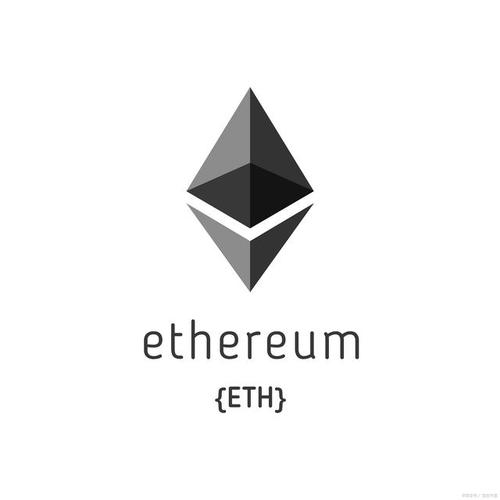
Add ETH on Polygon: A Comprehensive Guide
Are you looking to add Ethereum (ETH) to your Polygon wallet? If so, you’ve come to the right place. In this detailed guide, we’ll walk you through the process of adding ETH to your Polygon wallet, covering various aspects such as the benefits of using Polygon, the process of transferring ETH, and tips for a smooth experience.
Understanding Polygon
Polygon is a layer-2 scaling solution built on Ethereum. It aims to provide faster and cheaper transactions while maintaining the security and decentralization of the Ethereum network. By adding ETH to your Polygon wallet, you can take advantage of these benefits and enjoy a more efficient and cost-effective experience.

Why Add ETH to Polygon?
There are several reasons why you might want to add ETH to your Polygon wallet:
-
Faster Transactions: Polygon offers significantly faster transaction speeds compared to Ethereum. This means you can send and receive ETH more quickly, without the need to wait for long confirmation times.
-
Lower Fees: Polygon transactions are much cheaper than Ethereum transactions. This can save you a significant amount of money, especially if you’re making frequent transactions.
-
Interoperability: By adding ETH to your Polygon wallet, you can easily interact with Ethereum-based applications and services, while enjoying the benefits of Polygon’s faster and cheaper transactions.

How to Add ETH to Your Polygon Wallet
Adding ETH to your Polygon wallet is a straightforward process. Here’s a step-by-step guide:
-
Choose a Polygon Wallet: There are several Polygon wallets available, such as MetaMask, Trust Wallet, and WalletConnect. Choose a wallet that suits your needs and preferences.
-
Install the Wallet: Download and install the wallet on your device. Follow the instructions provided by the wallet provider to set up your wallet and create a backup phrase.
-
Connect Your Wallet to Polygon: Open your wallet and connect it to the Polygon network. This may involve selecting the Polygon network from a dropdown menu or entering a specific network URL.
-
Transfer ETH to Your Polygon Wallet: To add ETH to your wallet, you’ll need to transfer it from your Ethereum wallet. Copy your Polygon wallet’s ETH address and paste it into your Ethereum wallet. Send the desired amount of ETH to this address.
-
Wait for Confirmation: Once you’ve sent the ETH, wait for the transaction to be confirmed on the Ethereum network. This may take a few minutes to several hours, depending on the network congestion.
-
Check Your Polygon Wallet: Once the transaction is confirmed, the ETH should appear in your Polygon wallet. You can now use it to interact with Polygon-based applications and services.
Table: Comparison of Ethereum and Polygon Transaction Fees
| Transaction Type | Ethereum | Polygon |
|---|---|---|
| Basic Transaction | $0.50 – $5.00 | $0.01 – $0.10 |
| Smart Contract Deployment | $50 – $100 | $5 – $10 |
| Token Transfer | $0.10 – $1.00 | $0.01 – $0.05 |
Best Practices for Adding ETH to Polygon
Here are some tips to ensure a smooth experience when adding ETH to your Polygon wallet:
-
Use a Secure Internet Connection: Make sure you’re using a secure and stable internet connection to prevent any issues during the transaction process.
-
Double-Check Your Wallet Address: Before sending ETH, double-check your wallet address to ensure you’re sending it to the correct recipient.
-
Keep Your Backup Phrase Safe: Your backup phrase is crucial for recovering your wallet in case of loss or damage. Keep it in a safe and secure location.
-
Stay Informed: Keep up-to-date with





